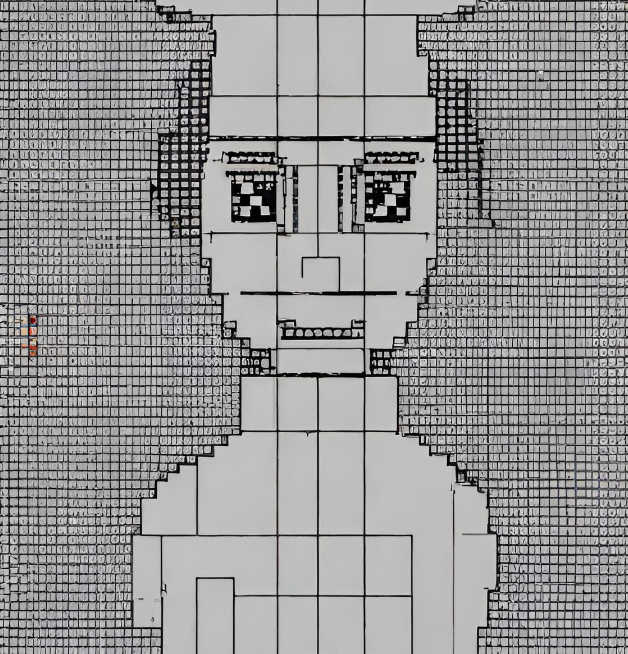131 reads
NonlinearSolve.jl: Smart Defaults for Robust and Efficient Nonlinear Solving
by
March 27th, 2025
Audio Presented by

We publish those who illuminate the path and make the intricate intuitive.
Story's Credibility

About Author
We publish those who illuminate the path and make the intricate intuitive.